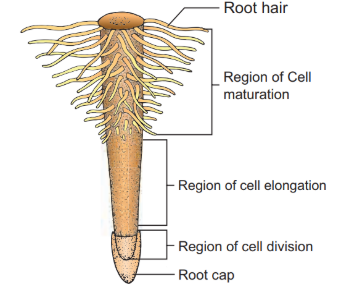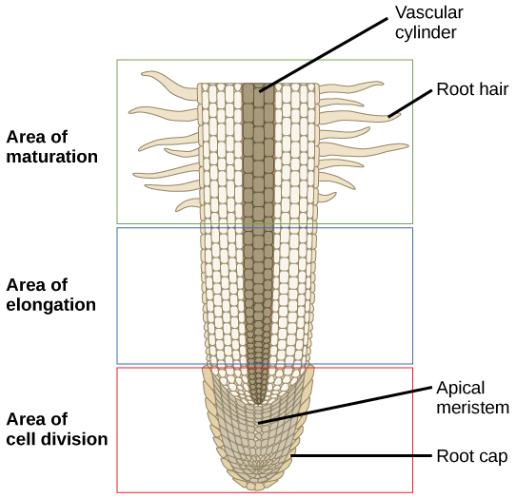In a typical angiosperm, the plant body is differentiated into four parts- root, stem, leaves and flowers. The root, stem and leaves constitute the vegetative part, while the flowers constitute the reproductive organ.
The plant body consists of two systems, an underground root system, and the shoot system (found above the ground).
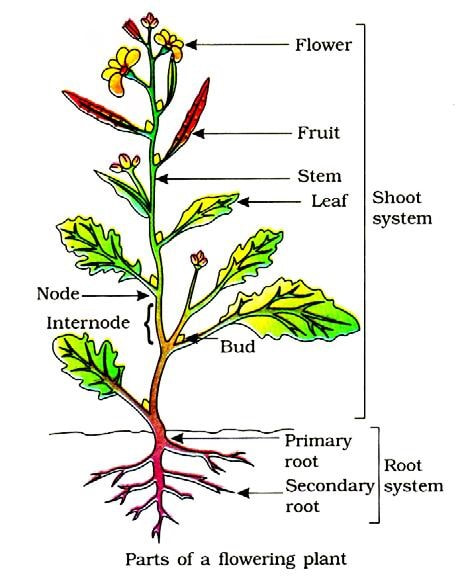
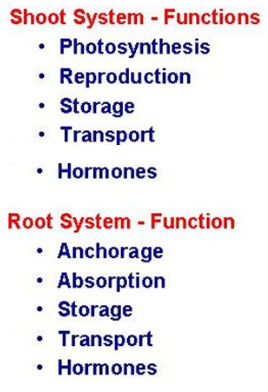
- The root system consists of a main axis and its branches. It arises from radicle of an embryo.
- The shoot system consists of the stem, leaves, flowers and fruits. It arises from the plumule of an embryo.
Leaves are borne on nodes of the stem. Axiliary buds (present on the axils of the leaves) and apical buds (present at the tip of each branch) grow into branches, leaves or flowers.
ROOT
- Roots are the underground and non-green part of a plant.
- It lacks nodes and internodes.
- Roots are positively geotropic and negatively phototropic.
The main functions of the root system are
- Absorption of water and minerals from the soil,
- Providing a proper anchorage to the plant parts,
- Storing reserve food material and
- Synthesis of plant growth regulators.
There are three types of root systems:
1. Tap root system
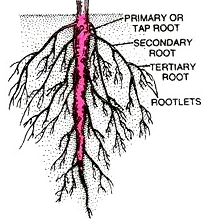
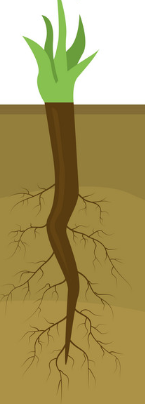
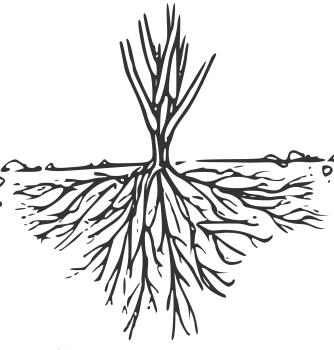
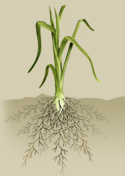
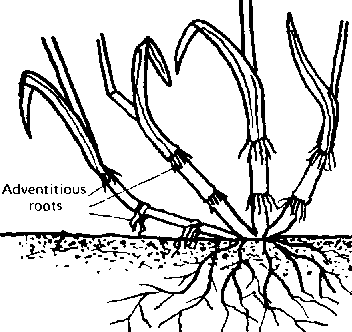
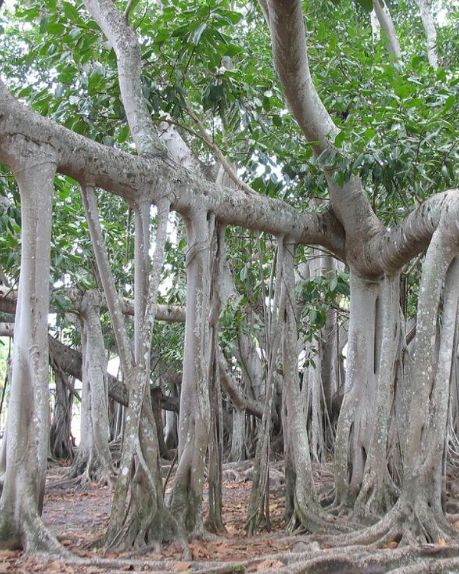
- Tap roots are the characteristic feature of dicot plants.
- When a seed germinates, the radicle grows into a primary root and gives off various branches called lateral or secondary roots.
- The primary, secondary and teritiary roots together form the tap root system.
2. Fibrous root system
- Monocots usually have fibrous root system.
- The radicle develops into a tuft or cluster of roots arising from the base of the stem.
3. Adventitious root system
- The roots that emerge from any part of the plant, other than the radicle, form the adventitious root system.
- It is found in various plants.
Regions of the root
A typical root consists of five main parts:
Root cap / Calyptra
- The tip of the root is protected by a thimble-like structure made of dead cells known as the root cap or calyptra.
- This region is known as the root cap region.
- In floating hydrophytes, instead of root caps, air bladders called root pockets are present. It helps in byoyancy of the plant on water surface.
Meristematic Region
- A few millimetres above the root cap is the region of meristematic activity.
- This is the growing apex of the root.
- The cells of this region are very small, thin-walled and with dense protoplasm.
- They divide repeatedly.
Elongation Region
- It lies behind the meristematic region.
- The cells undergo rapid elongation and enlargement and are responsible for the growth of the root in length.
- The cells of the elongation zone gradually differentiate and mature. Hence, this zone, proximal to region of elongation, is called the region of maturation.
Root Hair Region
- It is found behind the elongation region.
- From this region some of the epidermal cells form very fine and delicate, thread-like structures called root hairs.
- These root hairs absorb water and minerals from the soil.
Permanent region / Branching region
- The upper region of root is permanent. Branches arise from this region.
- Upward conduction of water (through xylem) takes place in this region
